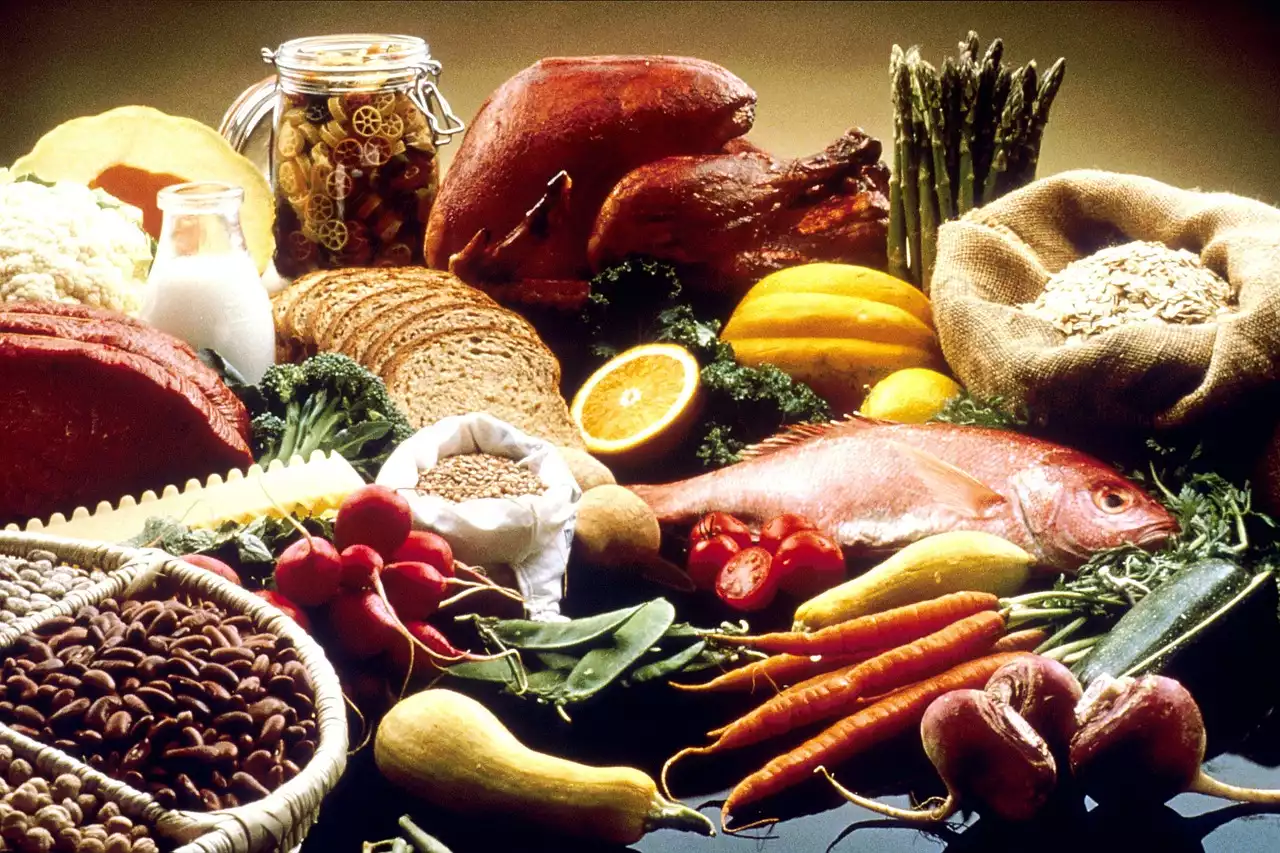Keeping a vegetable garden requires some planning and maintenance. Keep reading to learn more about growing a calciferous vegetable garden, with an emphasis on plants that have calcium in them. There are many factors to consider when building a new or updating an existing garden. From soil type to sunlight exposure and water availability, the characteristics of the property all play a role in what kind of garden you can grow and how well it will flourish. If your goal is to grow a simple but nutritious diet rich in vitamins, minerals, and antioxidants through your own home-grown produce, then you’re on the right track! A calciferous vegetable garden is perfect for this because these veggies all have high amounts of vitamin C, beta-carotene, lutein, and other compounds which support bone health.
Deciding What to Grow
Depending on the size of your garden and how many mouths you want to feed, you can choose any number of vegetables to grow. Some of the top choices for calcium-rich vegetables are broccoli, bok choy, cabbage, kale, collard greens, parsley, turnip greens, and celery. But calcium isn't the only important thing to consider when growing a garden. You might also want to choose veggies that are high in Vitamin C, antioxidants, or other vitamins and minerals that your body needs. Another thing to keep in mind is the space required to grow each vegetable. For example, broccoli and cauliflower are both popular choices, but they also take up a lot of space. You might want to consider other options with a lower yield, but take up less space.
Calcium Rich Vegetables
When selecting a vegetable for your garden, one of the most important factors to keep in mind is the amount of calcium it contains. If you’re looking for the best vegetables for calcium, dark leafy greens, turnip greens, and broccoli are all excellent choices. Dark leafy greens, such as bok choy, collard greens, turnip greens, and mustard greens are great calcium sources because they are also high in iron, Vitamin A, and protein. Turnip greens, mustard greens, and collard greens are also high in Vitamin C, which is crucial for strengthening a healthy immune system and fighting off common colds and illnesses. Broccoli is a great choice even though it isn't high in calcium, since it is a source of Vitamin C, beta-carotene, lutein, and other compounds which support bone health. Cabbage is an excellent source of calcium, but it is also high in Vitamin C and fibre. Other vegetables, such as beans and legumes, have high amounts of calcium, but they also contain high levels of oxalic acid, which can interfere with calcium absorption.
Dark Leafy Greens
Dark leafy greens are not only a great source of calcium but also many vitamins and minerals. Examples of vitamin-rich greens include kale, turnip greens, mustard greens, collard greens, and bok choy. See the table below for more details. Garden greens are great sources of Vitamin A, which is essential for maintaining healthy eyes and skin. They are also rich in iron, which is important for preventing anaemia and strengthening the immune system. Vitamin C is another important compound found in these greens, which is crucial for supporting healthy bones, blood vessels, and connective tissue. These greens are also high in fibre, which is crucial for lowering cholesterol levels and aiding in weight loss. All in all, greens provide a wealth of vitamins and minerals that are beneficial for a healthy body and mind.
Beans and Legumes
Many people wonder whether they can consume beans and legumes while on a calcium-rich diet. The short answer is yes! Many beans and legumes are high in calcium, but they are also high in oxalic acid, which prevents the body from absorbing calcium. Luckily, there are some easy ways to counteract this effect. First, you can soak your beans or legumes overnight in water with some baking soda, which neutralizes the acid. Next, you can boil your beans or legumes for about 15 minutes to help break down the fibres and make them easier to digest. Last but not least, you can also select calcium-fortified beans and legumes, which have extra calcium added to them to negate the acidity. Black beans are a rich source of calcium, Vitamin B6, and manganese. They are also low in fat and contain a significant amount of fibre. Garbanzo beans are a great source of fibre, protein, and minerals. They are also low in fat and sugar and are a good source of Vitamin B6 and Vitamin C. Great Northern beans are a good source of fibre and protein. They also contain a significant amount of Vitamin B6 and Vitamin C.
Conclusion
The best way to get your daily calcium intake is through diet, but it can be difficult to get enough calcium through your diet alone. A calciferous vegetable garden is a great way to give your body a boost of calcium through home-grown produce. A vegetable garden can be a rewarding and educational experience for all ages.


 How to design a TV Wall
How to design a TV Wall
 Welding a Garden Gate at Home
Welding a Garden Gate at Home Design a Landscaped Garden at Home
Design a Landscaped Garden at Home The Varieties of Kale and Planting Times
The Varieties of Kale and Planting Times Taking Care of Broccoli and Cauliflower Vegetable Garden
Taking Care of Broccoli and Cauliflower Vegetable Garden